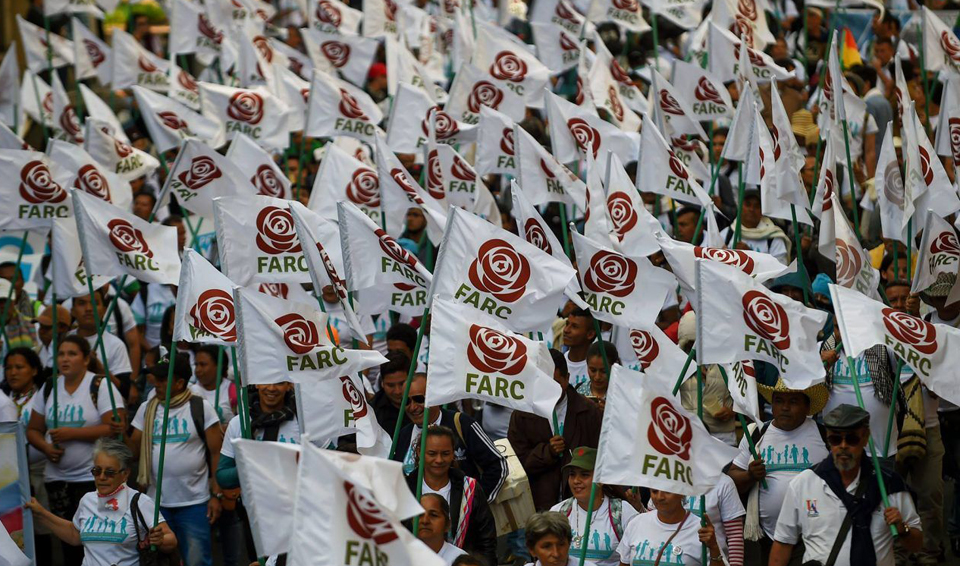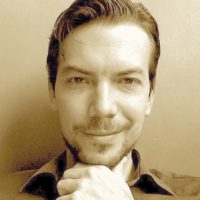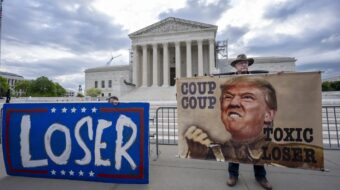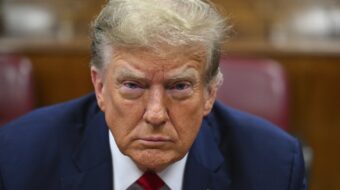
BOGOTÁ, Colombia—For most Colombians raised in the main urban areas of the country, the idea of a presidential election that included a legal candidate from the Revolutionary Armed Forces of Colombia (FARC) rebel group was, at best, something of a farcical fantasy just three years ago. Yet this past January 27th, this fantasy became a reality when the former rebel group’s top commander, Rodrigo Londoño (aka “Timochenko”), officially launched his presidential campaign under the group’s new political party, the Common Alternative Revolutionary Force, which carries the same acronym, FARC.
This event, as expected, raised a thunderstorm in Colombia’s national media. There were those, like the Centro Democrático political party (headed by former president Álvaro Uribe Vélez), which vowed to “destroy” the hard-won peace treaty reached two years ago with the FARC, while there were others, like presidential candidates Humberto de la Calle (Liberal Party) and Gustavo Petro (Humane Colombia), who welcomed a new era of peace in a country that has been synonymous with violent internal conflict for the past two hundred years.
As has become customary in Colombian traditional media, discussions about the FARC’s new role in the country have been anything but rational, ranging from personal attacks and insults to political propaganda carried out by the very groups who own the country’s main media outlets (and who, by turn, have voiced their opposition to the peace treaty). Almost nowhere can one find a single paragraph or a short news item that actually mentions the FARC’s political agenda, which emphatically should be the main point of discussion in a country that claims to be democratic and in the midst of a serious peace process.
Within this context, it has fallen to the new FARC itself, with little or no cooperation whatsoever from the country’s main media outlets, to take charge of voicing its political proposals to those few who have been willing to listen without prejudice. The first significant occasion to do so was precisely during the party’s official presidential campaign launch, carried out in Ciudad Bolívar, one of the poorest areas in Bogotá, under a tight security scheme.
“We are not going to let down,” FARC candidate Londoño said in front of a crowd numbering around one thousand. “After beginning our process of reincorporation to civil life, and after putting down our weapons, we obtained the right to participate in politics with full guarantees to protect our lives. Despite all this, the persecution has continued, and there are now thirty-seven [of our members] killed.”
To corroborate Londoño’s statements, a mission from the United Nations has confirmed the deaths of thirty-six FARC members since 2016, the year the peace treaty between the former rebel group and the Colombian government was signed.
Explaining the cause of these deaths—which are serious breaches of a treaty supported worldwide, though not so much by the U.S.—Londoño has claimed that there is a “coordinated plan” carried out by extremist political forces to shut down the FARC’s new initiative to uncover the truth of more than fifty years of violent conflict between the former rebel group and the Colombian government that left more than two hundred thousand people dead and nearly six million displaced.
“The country is going to be surprised about the truth,” Londoño has said. “In the Peace Treaty we signed, a Truth Commission was established through which the country is going to find out that many of the atrocities we are accused of committing are exaggerations.”
The road toward this truth, however, has been as thorny as was anticipated. Provisions for courts to settle war crimes have not begun work, investments to lure peasants away from the cocaine trade have been meager or nonexistent, and vast swaths of rural areas are still completely neglected by the Colombian government, three specific issues that were supposed to be included within the government’s reform programs once the peace treaty entered into effect. Under such conditions, it is no hyperbole to state that Colombia’s very future as a semi-functional democracy is in jeopardy.
To counteract this disastrous outlook, the highest profile FARC members have insisted on respecting the peace treaty and carrying on with their new lives as civilians. They have voiced their little known proposals as a legal political party, which include a basic, monthly income for all Colombians, a program to review the free trade agreements that have seriously affected the country’s agriculture, and a transition toward sustainable economic practices designed to end Colombia’s over-dependence on oil and mining.
Along with this, Londoño has proposed to reform Colombia’s tax laws: “We all know that, percentage-wise, a secretary pays more taxes than the owner of the company she works at pays,” he has said. “We also have to eliminate many of the tax exemptions that amount to 50 billion pesos [roughly 17.5 million dollars], which represent a budget gap for the State and do not contribute to society.”
Contrary to popular hearsay, Londoño has also said that, if he were elected president, he would respect private property as long as “it is articulated with practices of social responsibility.” He is quick to clarify that the Colombian constitution protects property that functions within a social purpose, so long as the property itself does not affect equality—a far reach for a country that has been ranked by the World Bank as seventh among the countries with the highest income inequality in the world.
These and other similar proposals are shared by other candidates belonging to different political parties, most notably Gustavo Petro, whose campaign has the official support of the Unión Patriótica, a party founded by the FARC and the Colombian Communist Party during peace negotiations with the government in the 1980s that quickly ended in the systematic assassination of the new party’s main political members.
Despite this, all other presidential candidates, including Petro, have refused to publicly join forces with the FARC, a behavior that must be seen primarily as a political strategy to attract voters from all spectrums in a country whose media has perpetuated the myth that it was the old FARC alone that committed most of the crimes during the country’s decades-long conflict.
As Rodrigo Londoño recently pointed out, “It is very hard for us to have a positive image after ten years of a media campaign in which we were always portrayed as monsters. Since we lacked means of communication, we were never able to give our version of history.”
Less than two years after the peace treaty was signed, Colombians are still waiting to hear the truth about what really happened during more than six decades of violence, in which rebel groups such as the FARC and the National Liberation Army (ELN) engaged in military combat against illegal paramilitary groups that often cooperated with the State Army to gain control of lands that were in dispute since times that can be traced back to the sixteenth century.
As of this writing, the outlook is nothing but bleak, considering that the FARC announced, on February 9th, that they would suspend their political campaign indefinitely after their members—including Londoño himself—were violently attacked by civilians (with the suspected aid of leaders of opposing political parties) during campaign rallies in the cities of Armenia and Cali. After these events, Colombians have been faced with the difficult task of asking themselves: Have they truly grasped the meaning of the word “forgiveness” that was contemplated in the peace treaty? Or have they surrendered forgiveness for revenge?
Only history will tell.

MOST POPULAR TODAY

‘Warning! This product supports genocide’: Michigan group aims to educate consumers

After months of denial, U.S. admits to running Ukraine biolabs

“Trail of Tears Walk” commemorates Native Americans’ forced removal

Ohio: Franklin County treasurer attends Netanyahu meeting, steps up Israel Bond purchases

Hold the communism, please: SFMOMA’s Diego Rivera exhibit downplays artist’s radical politics






Comments